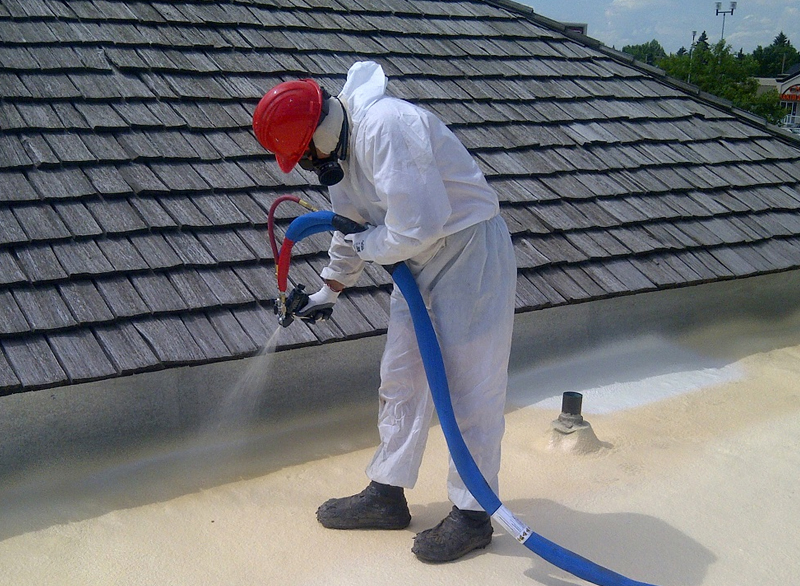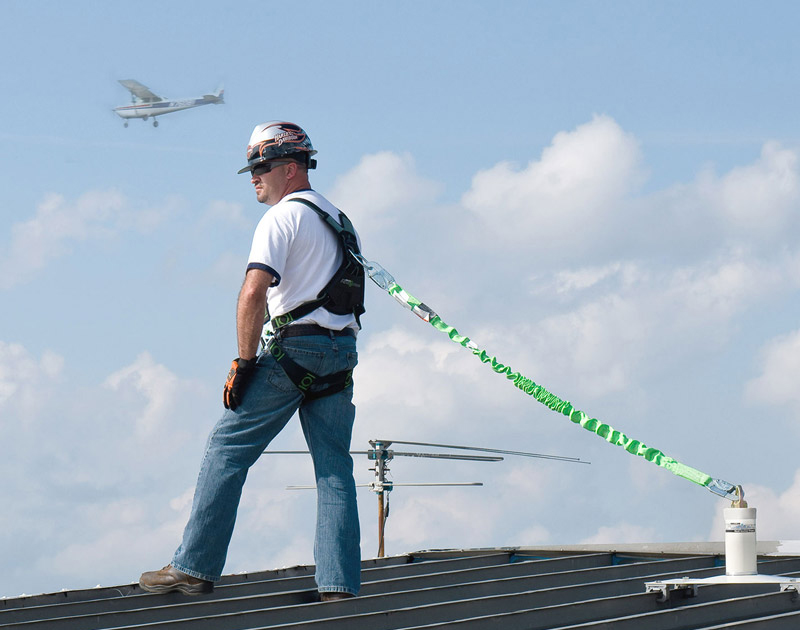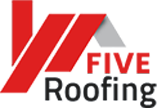There are several methods used for residential roof replacement in Sunland, each with its own advantages and considerations. Here are the most common methods:

This is the traditional method where the existing roofing materials are completely removed down to the roof deck. The new roofing materials are then installed, providing a fresh and clean roof surface. This method allows for a thorough inspection of the roof deck and ensures a solid foundation for the new roof
In this method, a new layer of roofing material is installed directly over the existing roof without removing the old materials. This is a quicker and more cost-effective option, but it is important to ensure that the existing roof is in good condition and can support the additional weight. It is also important to check local building codes, as some areas may have restrictions on the number of roof layers allowed

Roof restoration involves the repair and rejuvenation of an existing roof rather than a complete replacement. It typically involves cleaning, repairing damaged areas, applying coatings or sealants, and enhancing the overall performance and longevity of the roof. This method can be a cost-effective option when the roof is structurally sound but requires some repairs and maintenance.
Roof conversion involves changing the existing roofing material or system to a different type. For example, converting from a shingle roof to a metal roof or from a flat roof to a pitched roof. This method requires careful planning, and structural considerations, and may involve significant modifications to the roof structure. Roof conversion can provide improved aesthetics, functionality, and durability.

Click on the button and get a free estimate for the services of the best roofing contractors in Sunland
So, what kind of residential roof replacement in Sunland is ideal for you? There are a lot of options you can consider, depending on your existing roofing material. Here is a chart that gives you a list of ideal options
| Roofing Material | Ideal Replacement | Advantages |
|---|---|---|
| Asphalt Shingles | Metal Roofing | – Longer lifespan -Increased durability – Excellent weather resistance – Energy efficiency -Variety of styles and colors – Low maintenance |
| Wood Shingles/Shakes | Synthetic Shingles | – Fire resistance – Enhanced durability – Resistance to rot and insects – Lightweight and easy to install – Longevity |
| Clay/Concrete Tiles | Synthetic Tiles | – Lighter weight – Enhanced durability – Weather resistance – Lower maintenance requirements -Wide range of color options – Energy efficiency |
| Slate Tiles | Synthetic Slate | – Reduced weight – Cost-effectiveness – Easy installation – Resistance to fire and mold – Longevity |
| Metal Roofing | Standing Seam Metal Roofing | – Sleek and modern appearance – Superior durability – Excellent weather resistance – Energy efficiency – Low maintenance – Long lifespan |
During residential roof replacement in Sunland, it is important to follow certain precautions to ensure safety, protect your property, and achieve a successful outcome. Here are some key precautions to consider:
Monitor weather conditions before and during the roof replacement process. Avoid scheduling the project during severe weather conditions, such as heavy rain, strong winds, or extreme heat. Inclement weather can pose safety risks and affect the quality of the installation.
Take steps to protect your property during the roof replacement. Cover or move any valuable items, furniture, or vehicles away from the work area to prevent damage from falling debris or accidental spills. Communicate with the roofing contractor to establish clear guidelines for property protection.
Coordinate with the roofing contractor to ensure proper disposal of the old roofing materials and debris. Renting a dumpster or arranging for a waste removal service will help maintain a clean and organized work area.
Check local regulations and obtain any necessary permits for roof replacement. Compliance with building codes and regulations is essential to ensure a safe and legally compliant installation.
Yes, there can be differences between replacing a 10-year-old roof and a 30-year-old roof. The main difference lies in the condition of the existing roof and the reasons for replacement.
A 10-year-old roof is relatively new and may not have significant structural issues. In this case, the replacement may be driven by factors such as cosmetic preferences, upgrading to a more durable material, or addressing minor issues like leaks or damaged shingles. The process may involve removing the old roofing material and installing a new one, which can be relatively straightforward and less time-consuming.
On the other hand, a 30-year-old roof is closer to the end of its expected lifespan and may exhibit signs of wear and extensive damage. The replacement of a roof at this stage is typically necessary to address significant issues such as widespread leaks, rotting, or structural deterioration. The replacement process will include a more thorough inspection of the roof deck, potential repairs or reinforcements, and a complete replacement of the roofing system.
The energy savings you can achieve with roof replacement will depend on various factors, including the type of roofing material, insulation, and climate in Sunland. However, upgrading to more energy-efficient roofing material and improving insulation can lead to significant energy savings over time.
While the exact energy savings will vary, studies have shown that energy-efficient roof replacements can yield energy savings ranging from 10% to 30% on cooling and heating costs
Yes, a newly replaced roof typically comes with a warranty. The specific details of the warranty will depend on the manufacturer and may vary. In most cases, the warranty will cover defects in materials. It may include a specified duration, such as 10 years or more, during which the warranty is valid. The warranty may also outline any limitations or exclusions, such as damage caused by severe weather or improper maintenance.
It is important to carefully review the warranty documentation to understand what is covered and what is not. Keep in mind that warranties may be prorated, meaning the coverage may decrease over time.
To ensure the warranty remains valid, it is crucial to follow any maintenance requirements outlined in the warranty documentation. This may include regular inspections, cleaning, or other recommended maintenance tasks.